15 Horror Queens Who Haunt Our Nightmares
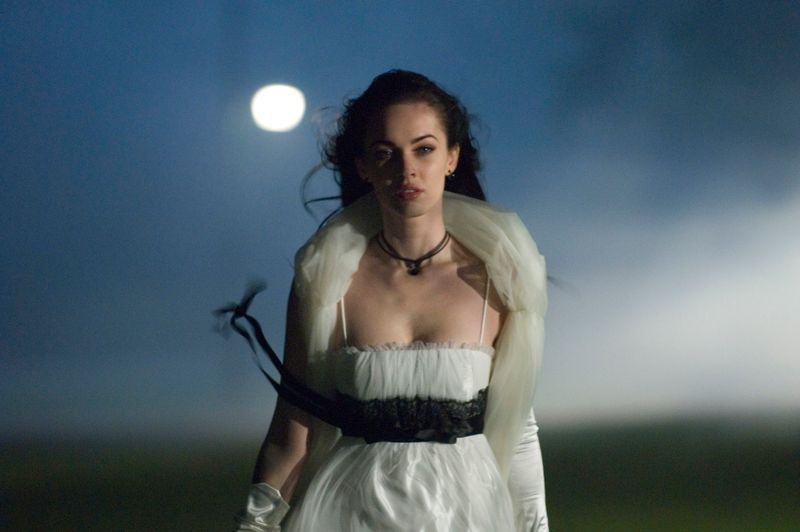
Horror movies have given us some of the most terrifying villains in cinema history, but the women who haunt our screens often deliver the deepest scares. These unforgettable characters combine beauty with brutality, innocence with evil, and grief with rage in ways that stick with us long after the credits roll. From possessed children to vengeful spirits, these horror queens have earned their place in our nightmares.
1. Annie Wilkes (Misery, 1990)
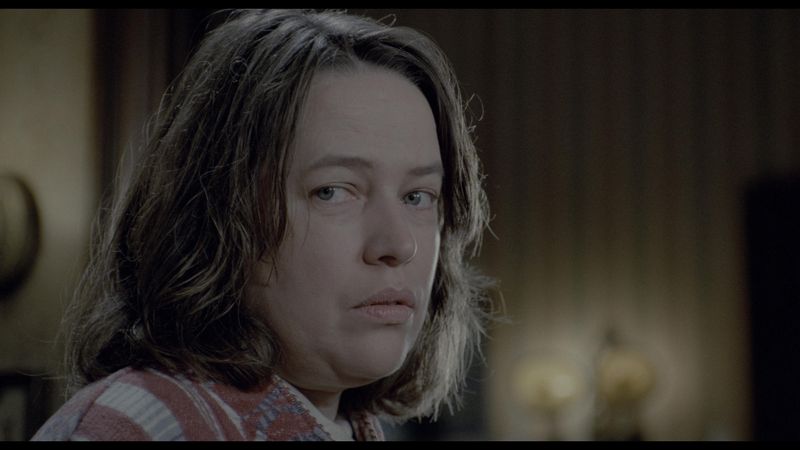
Kathy Bates brought to life one of Stephen King’s most terrifying creations with her Oscar-winning performance as this obsessed superfan. Her character traps her favorite author after a car accident, keeping him prisoner in her remote Colorado home.
What makes her so frightening is her unpredictability—one moment she’s nurturing and caring, the next she’s wielding a sledgehammer with brutal force. The infamous hobbling scene remains one of horror’s most cringe-inducing moments.
Her portrayal transformed how we view celebrity obsession and toxic fandom. She proved that monsters don’t need supernatural powers or gruesome makeup to terrify audiences. Sometimes the scariest villains are ordinary people whose love turns into something dark and possessive.
2. Regan MacNeil (The Exorcist, 1973)
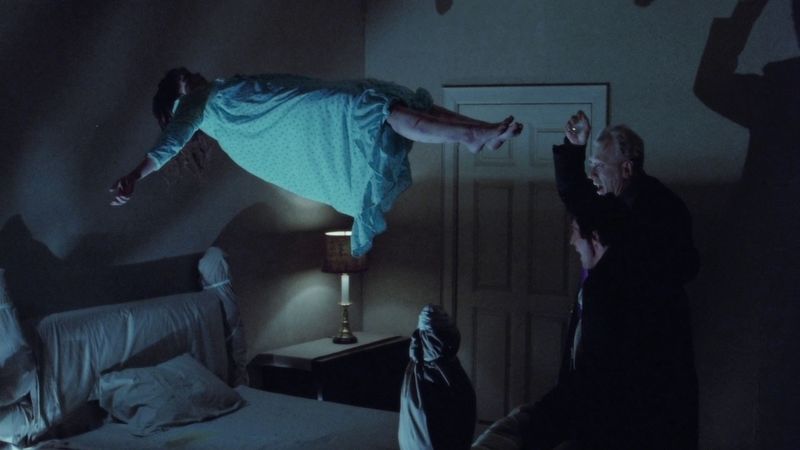
Linda Blair’s portrayal of a demon-possessed child shocked audiences worldwide and set the standard for possession horror. Her character starts as a sweet, innocent girl before becoming something evil.
The transformation includes spinning heads, projectile vomit, levitation, and a voice that could freeze your blood. Those infamous scenes of her crab-walking down stairs backward still haunt viewers decades later.
What amplifies the terror is the contrast between childhood innocence and demonic corruption. Religious imagery mixed with profane language created controversy that still sparks debate today. Her performance required incredible physical endurance and commitment, making this possessed girl an eternal symbol of supernatural horror that continues influencing filmmakers.
3. Carrie White (Carrie, 1976)
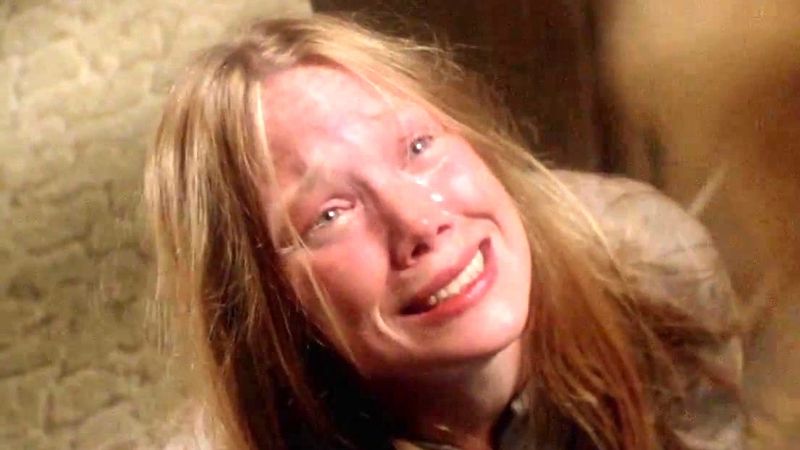
Bullied relentlessly by classmates and abused by her religious fanatic mother, she discovers telekinetic powers that become her weapon of revenge.
The prom scene where pig’s blood drenches her white dress marks the moment sympathy transforms into terror. Her blank stare as she mentally sets the gymnasium ablaze shows power unleashed without mercy.
This telekinetic teen represents every bullied kid’s fantasy of payback taken to horrifying extremes. Her story explores how cruelty creates monsters and how repression leads to explosive consequences. The tragic ending reminds us she was always more victim than villain.
4. Samara Morgan (The Ring, 2002)
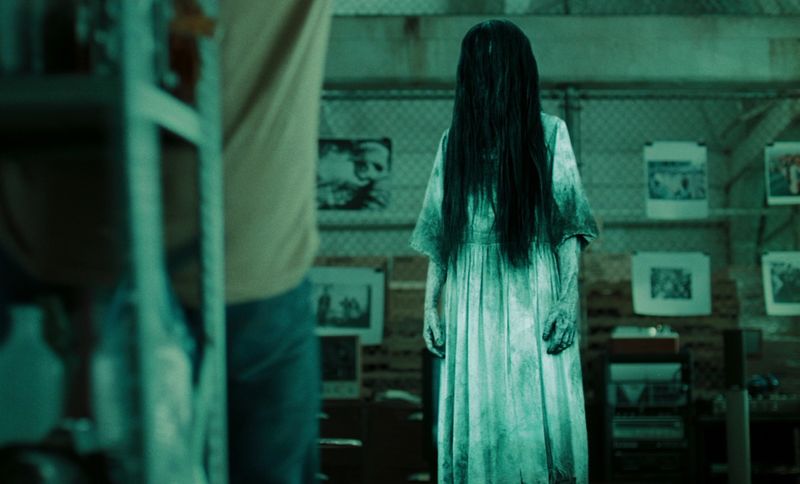
Daveigh Chase brought American audiences a taste of Japanese horror with this cursed spirit who kills through a haunted videotape. Her backstory reveals a tragic child thrown down a well and left to die, creating a vengeful ghost with terrifying power.
That crawl from the television screen became instantly iconic—slow, jerky movements combined with hair obscuring her face created pure nightmare fuel. The grainy, distorted footage of her curse adds layers of dread.
Her method of killing is brilliantly simple: watch the tape, answer the phone, die in seven days. This concept tapped into millennium fears about technology and media. Her influence on Western horror helped launch a wave of American remakes of Asian ghost stories.
5. Esther Coleman (Orphan, 2009)
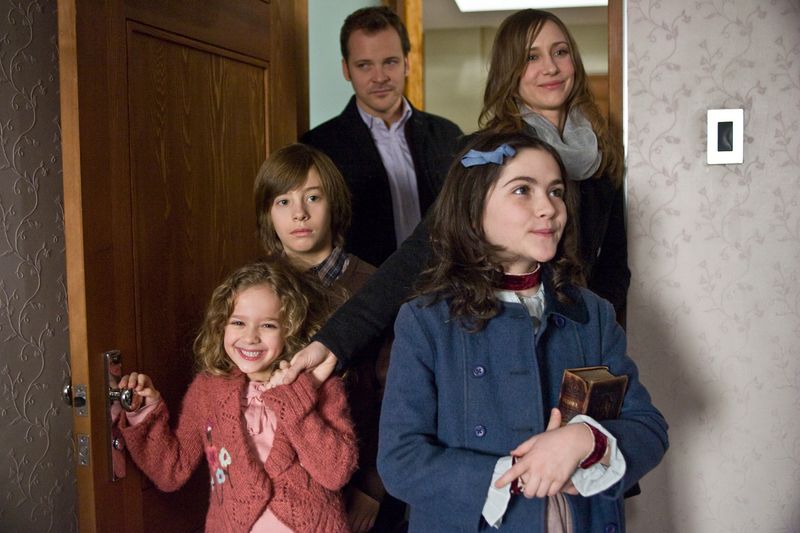
Isabelle Fuhrman delivered a chilling performance as an adopted child hiding a shocking secret. Her character appears to be a sweet nine-year-old orphan from Russia, complete with old-fashioned dresses and ribbons covering scars on her neck and wrists.
The twist revealing her true identity shocked audiences and elevated this thriller to horror status. Her manipulation tactics, from playing innocent to committing calculated violence, showcase sociopathic intelligence beyond her apparent years.
She represents parental fears about bringing strangers into the family home. Her ability to deceive everyone around her demonstrates how appearances can be devastatingly misleading. The film explores adoption anxieties while delivering genuine scares through psychological manipulation rather than supernatural elements.
6. The Bride in Black (Insidious, 2010)
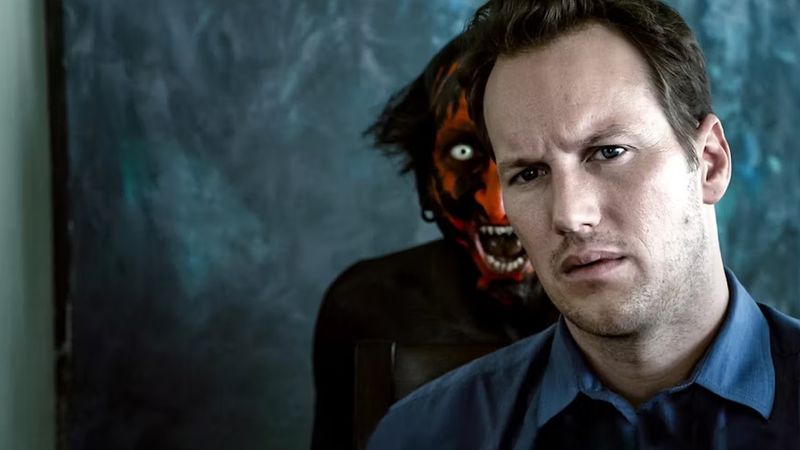
This parasitic demon haunts the Lambert family across dimensions in James Wan’s terrifying supernatural thriller. Dressed in Victorian mourning clothes with a pale, corpse-like face partially hidden behind a black veil, this entity stalks its victims through astral projection.
The jump scares involving this specter are expertly crafted, appearing suddenly behind characters or lurking in background shadows. Her connection to the Further—a dark spirit realm—adds cosmic horror elements.
Unlike ghosts seeking resolution, this entity hunts living bodies to possess and inhabit permanently. The revelation of her true nature as a parasitic demon named Parker Crane adds disturbing layers to her haunting. Her persistence across multiple films in the franchise proves her staying power in modern horror cinema.
7. Mother (Psycho, 1960)
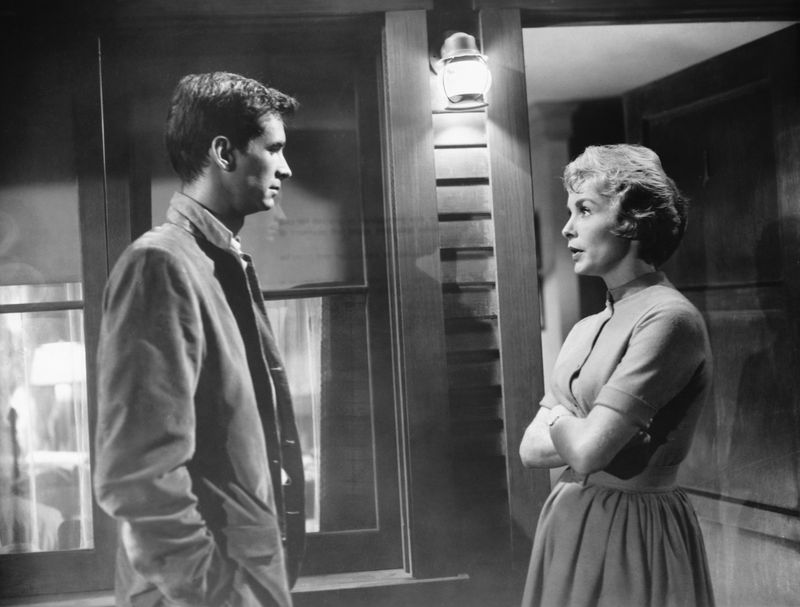
Though technically Norman’s alternate personality, Mother represents the ultimate toxic parent—controlling, judgmental, and literally deadly.
The famous shower scene murder and subsequent reveals show Mother’s violent jealousy and possessiveness. Her preserved corpse in the fruit cellar remains one of horror’s most disturbing images.
This character explored psychological horror before it became mainstream, examining how childhood trauma and overbearing parents can shatter a mind completely. The twist ending revolutionized thriller storytelling. Her influence echoes through countless films featuring twisted mother-son relationships and split personalities. She proved that sometimes the scariest monsters are the ones we create in our own minds.
8. Jennifer Check (Jennifer’s Body, 2009)
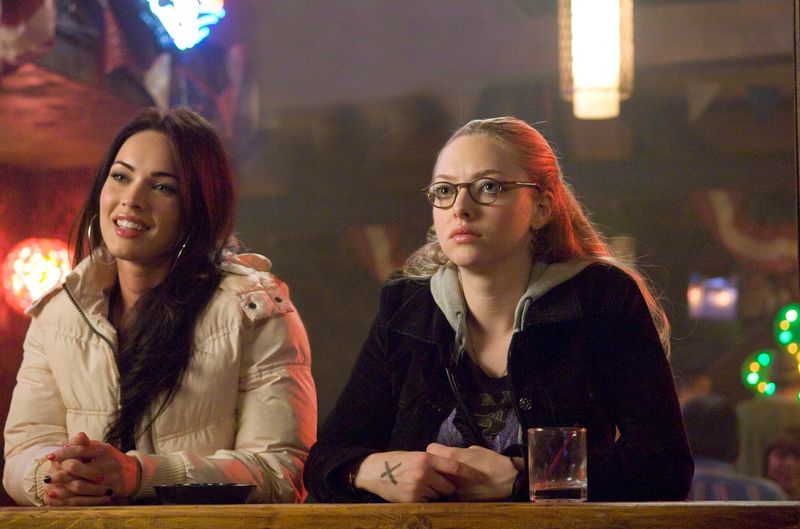
Fox portrayed a demon-possessed high school cheerleader who feeds on boys in this darkly comedic horror film. After a satanic ritual gone wrong, she transforms from popular mean girl into a literal man-eating succubus who needs human flesh to maintain her beauty.
Her kills are brutal yet stylized, blending horror with dark humor and feminist commentary. The film explores toxic female friendships alongside supernatural possession.
Initially dismissed, the movie has gained cult status for its examination of female rage, sexuality, and friendship dynamics. Amanda Seyfried’s Needy serves as the sympathetic counterpoint to Jennifer’s predatory glamour. The film subverts typical horror tropes by making the pretty popular girl the monster while giving agency to the nerdy best friend.
9. Thomasin (The Witch, 2015)
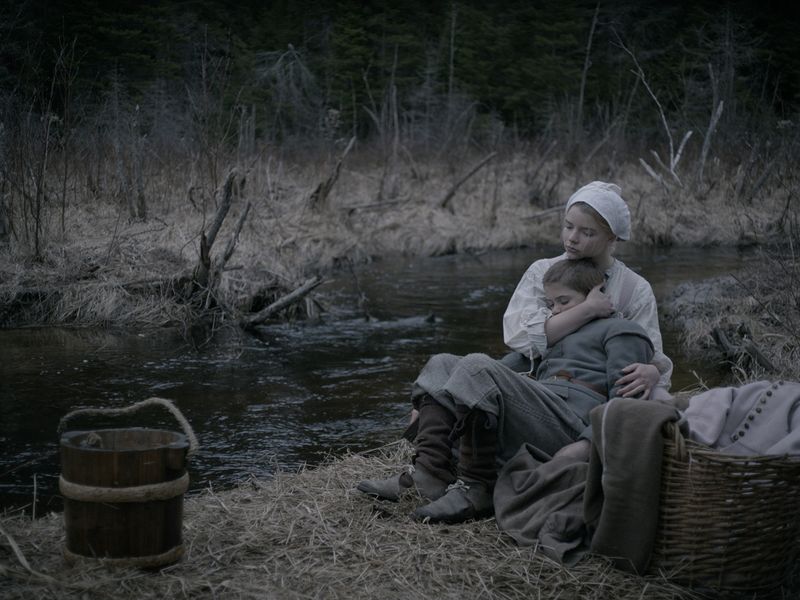
Anya Taylor-Joy’s breakout role follows a teenage girl falsely accused of witchcraft by her Puritan family in 1630s New England. As her family falls apart through paranoia, starvation, and actual demonic influence, she faces impossible choices.
The slow-burn horror builds as supernatural events escalate—a possessed goat, missing children, and crop failures that drive the family toward destruction. Her siblings accuse her while she maintains innocence.
The controversial ending shows her embracing the dark powers she was accused of possessing, walking naked into the forest to join a witches’ coven. This represents both damnation and liberation from oppressive religious control. The film asks whether she became evil or simply chose freedom on the only terms available to a woman in that era.
10. Kayako Saeki (The Grudge, 2004)
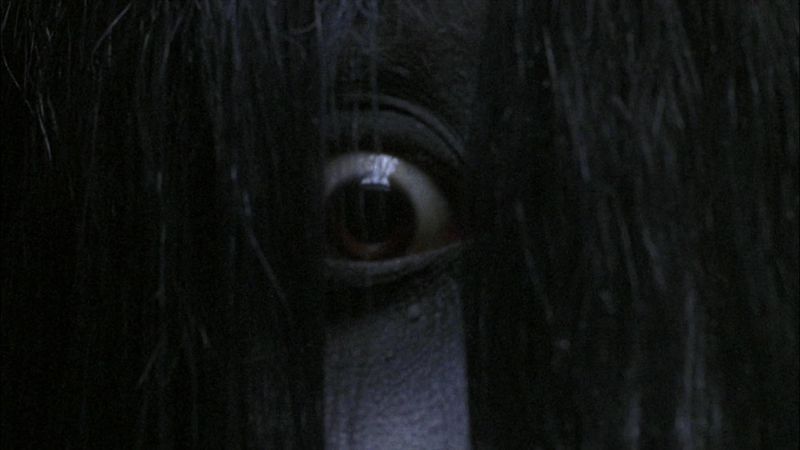
Takako Fuji created an unforgettable vengeful spirit in both the Japanese original and American remake of this curse-based horror franchise. Murdered by her jealous husband along with her young son, her rage creates a curse that kills anyone who enters the house.
Her signature death rattle—a croaking, gasping sound—announces her presence and sends chills down spines. She moves in unnatural, bone-cracking ways, crawling and contorting her body impossibly.
The grudge curse is inescapable; victims cannot run or hide from her wrath. Her appearances often involve slowly descending stairs or emerging from shadows in jerky, stop-motion-like movements. She represents the horror of domestic violence transformed into supernatural vengeance. Her influence helped popularize J-horror aesthetics in Western cinema during the early 2000s.
11. Asami Yamazaki (Audition, 1999)
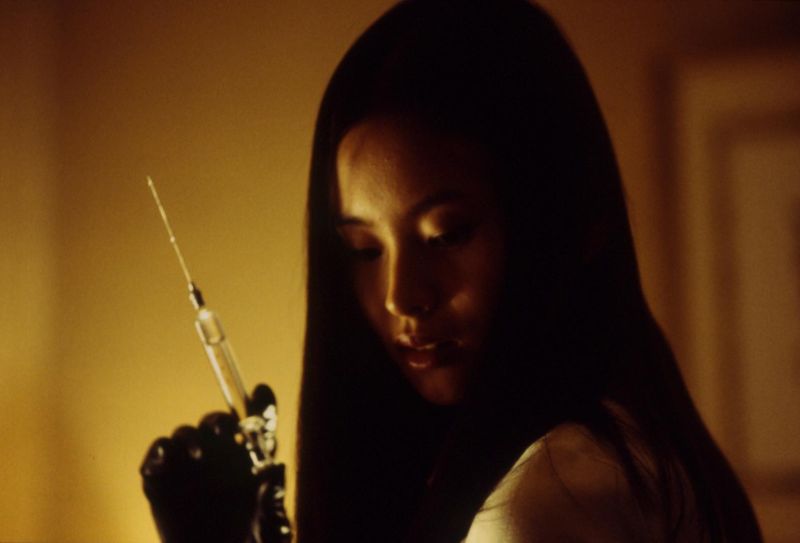
She appears as a quiet, demure young woman auditioning to be a widower’s new girlfriend through a fake film audition.
Her polite, submissive demeanor hides a deeply damaged psychopath with torture experience. The film’s shocking final act reveals her true nature through excruciating torture scenes involving needles and wire.
That whispered “kiri kiri kiri” as she inserts needles into her victim’s paralyzed body haunts viewers forever. Her backstory hints at severe childhood abuse that warped her completely. The film critiques objectification of women while delivering extreme horror. She proves that the quietest person in the room might be the most dangerous, subverting expectations about feminine passivity in Japanese culture.
12. Bathsheba Sherman (The Conjuring, 2013)
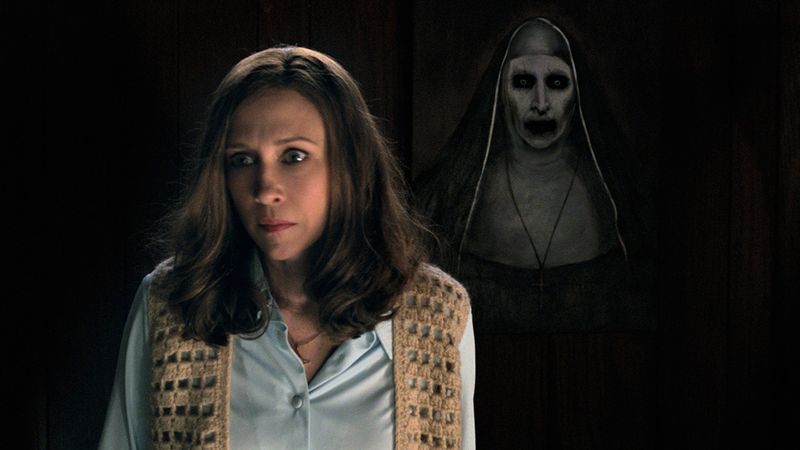
Based on allegedly true events investigated by Ed and Lorraine Warren, this 19th-century witch cursed her property before hanging herself. Her spirit possesses mothers, compelling them to kill their own children as she once did.
Her appearances are terrifying—standing atop wardrobes, materializing in mirrors, and possessing Lili Taylor’s character in genuinely frightening sequences. The clapping game scene builds incredible tension.
Director James Wan crafted her as a malevolent force that feeds on maternal love twisted into murderous rage. Her backstory involves sacrificing her infant to Satan and cursing anyone who takes her land. The film launched a successful franchise exploring various demonic cases. Her blend of witch lore, demonic possession, and historical horror creates a multilayered villain that feels grounded despite supernatural elements.
13. Baby Firefly (House of 1000 Corpses, 2003)
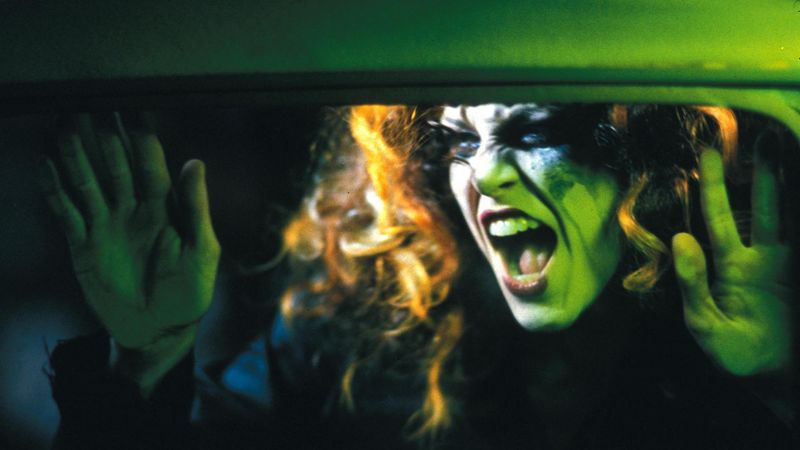
Sheri Moon Zombie created a sadistic, seductive serial killer in her husband Rob Zombie’s directorial debut. Part of the murderous Firefly family, she lures victims with flirtation before revealing her bloodthirsty true nature.
Unlike supernatural threats, Baby is pure human evil—gleefully torturing and killing without remorse or reason. Her childlike nickname contrasts sharply with her brutal actions, creating unsettling cognitive dissonance.
She dances through carnage with manic energy, treating murder like entertainment. Her character draws inspiration from real-life killers and exploitation cinema of the 1970s. The sequel The Devil’s Rejects further develops her character, showing loyalty to family alongside psychopathic tendencies. She represents the horror of charismatic evil—attractive, energetic people who hide monstrous appetites beneath charming exteriors. Her cult following proves villains don’t need redemption to fascinate audiences.
14. The Beldam / Other Mother (Coraline, 2009)
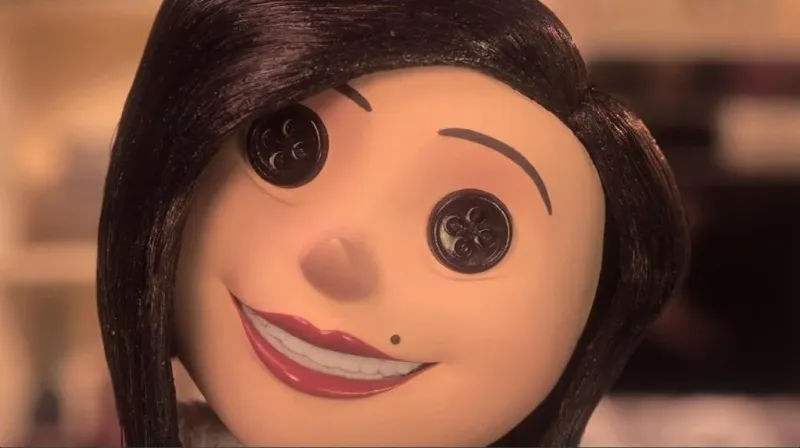
This stop-motion villainess from Neil Gaiman’s story preys on neglected children by creating a seemingly perfect alternate world. She appears as an improved version of Coraline’s real mother—attentive, fun, and endlessly accommodating.
The catch? She wants to sew buttons over Coraline’s eyes and trap her soul forever. Her true form is a spindly, spider-like creature that has consumed countless children over centuries.
Teri Hatcher voiced both the real mother and this manipulative entity, highlighting the thin line between comfort and control. Her button eyes symbolize the emptiness behind her false affection. The film explores how predators use love and attention to trap vulnerable victims. Though marketed to children, her twisted maternal horror disturbs adults just as effectively, proving great villains transcend age demographics.
15. La Llorona (The Curse of La Llorona, 2019)
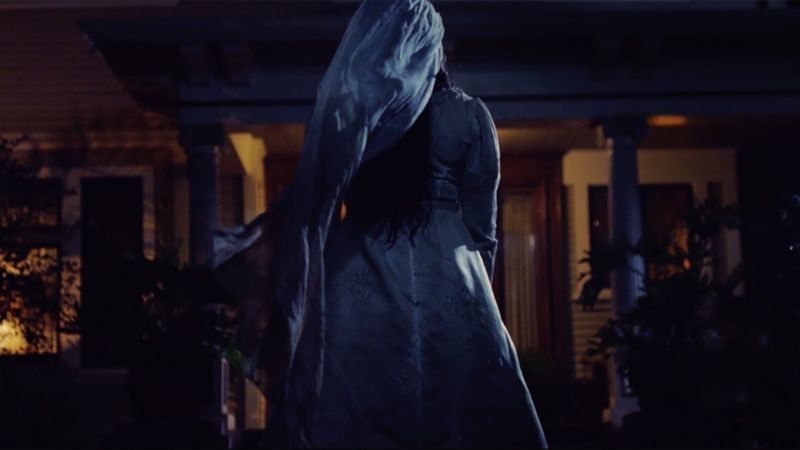
This weeping woman from centuries-old Latin American folklore drowns children while searching for her own sons she murdered in a jealous rage. Her legend has terrified generations across Mexico and Central America before Hollywood adapted her story.
Dressed in white with a veil obscuring her decayed face, she appears near water, wailing mournfully before attacking. Her grief-driven curse compels her to drag children to watery graves.
The film brought this cultural boogeyman to mainstream horror audiences, though many Latino families have known her terrifying tale for generations. Parents traditionally use her story to keep children away from dangerous rivers and canals. Her eternal mourning represents the horror of grief twisted into something predatory. She proves that folklore horror carries unique power because it’s embedded in cultural memory across generations.

Comments
Loading…